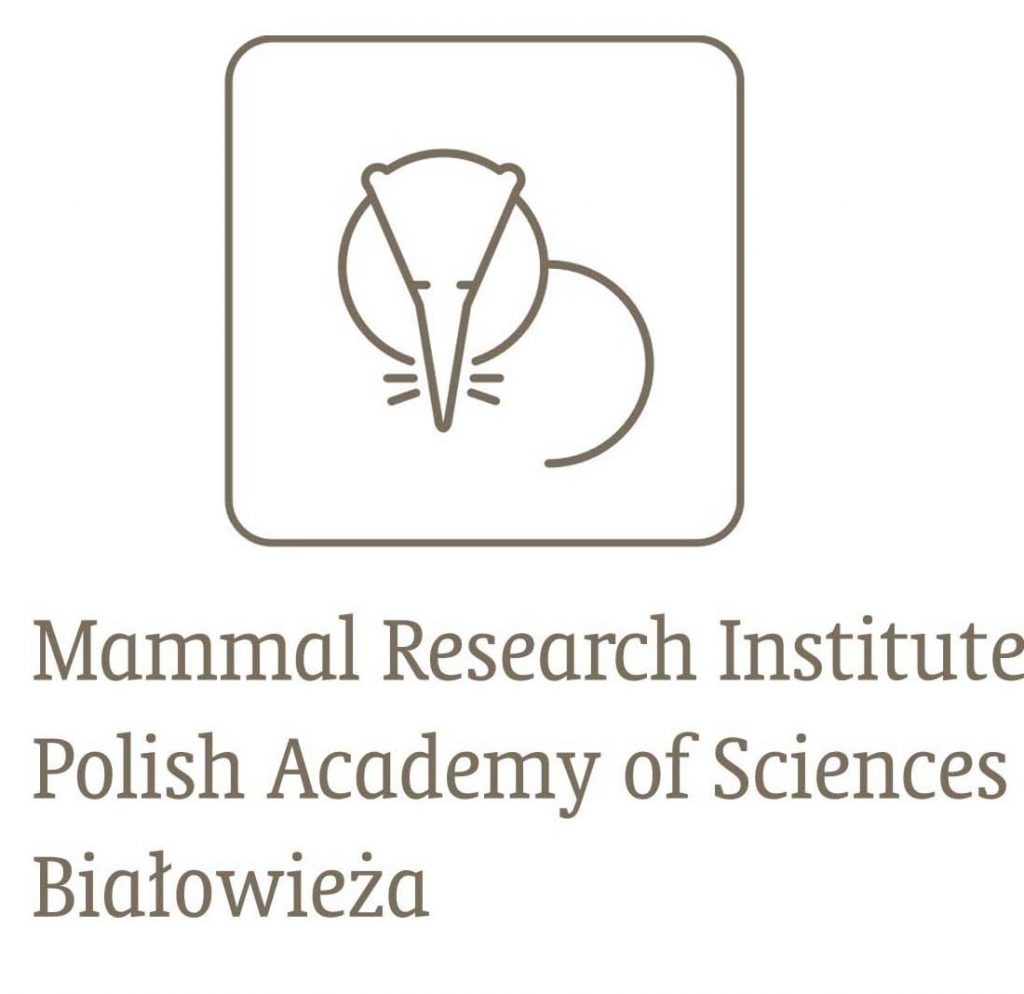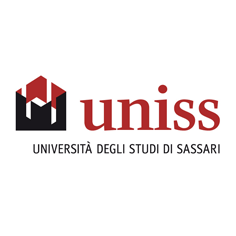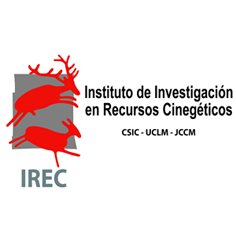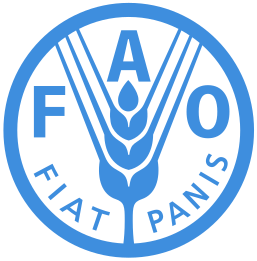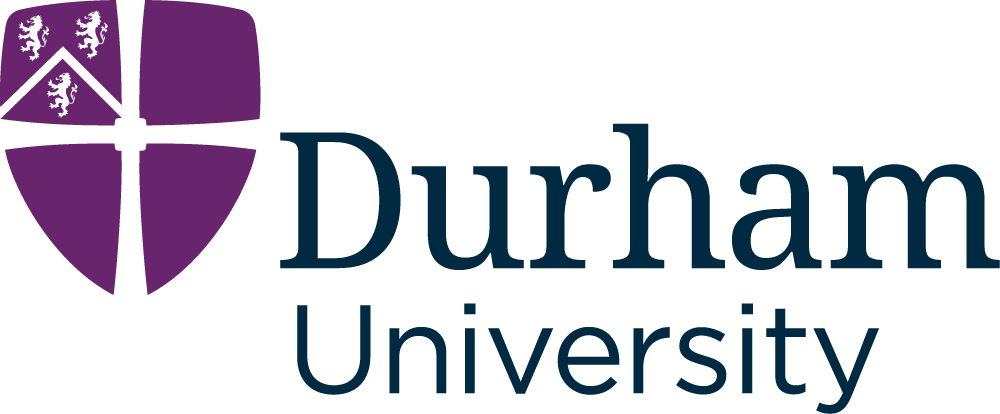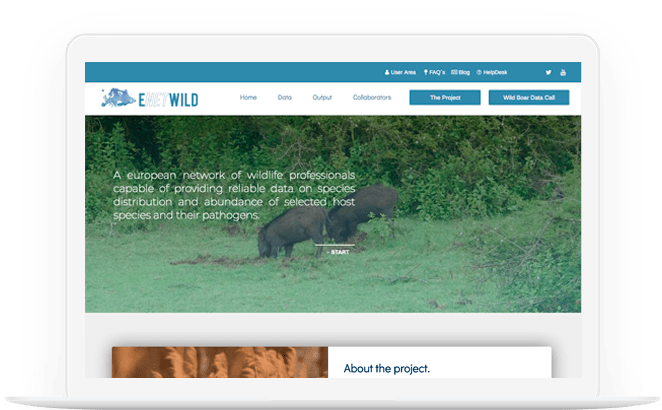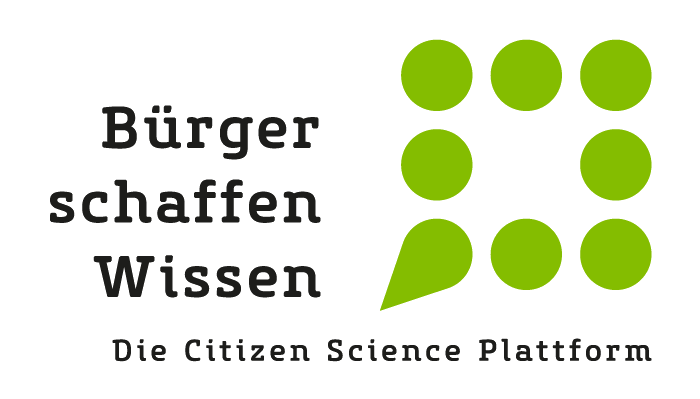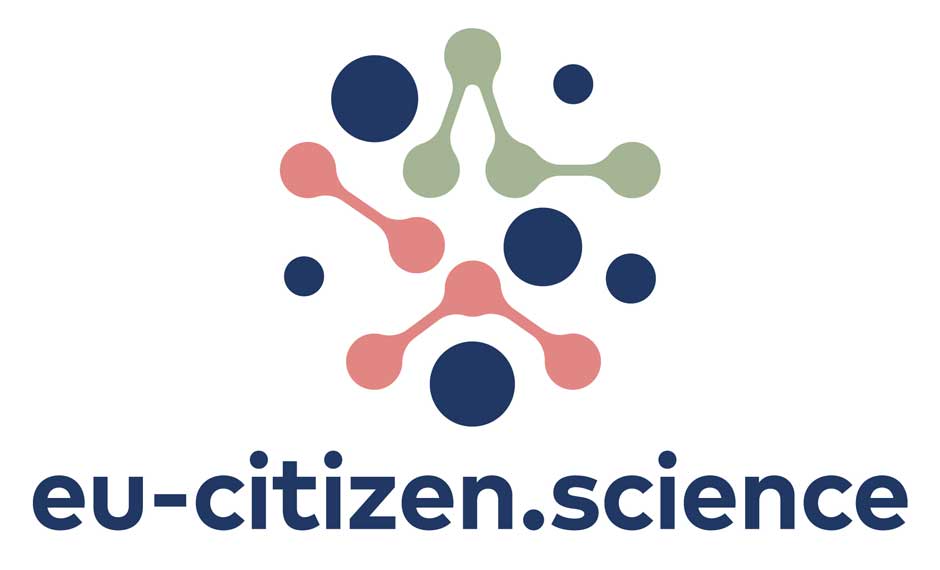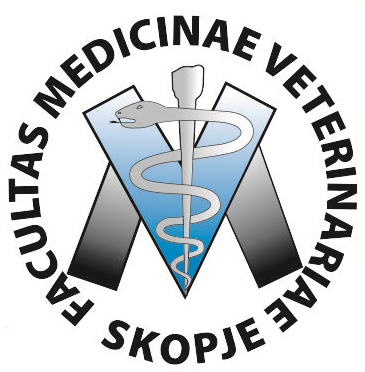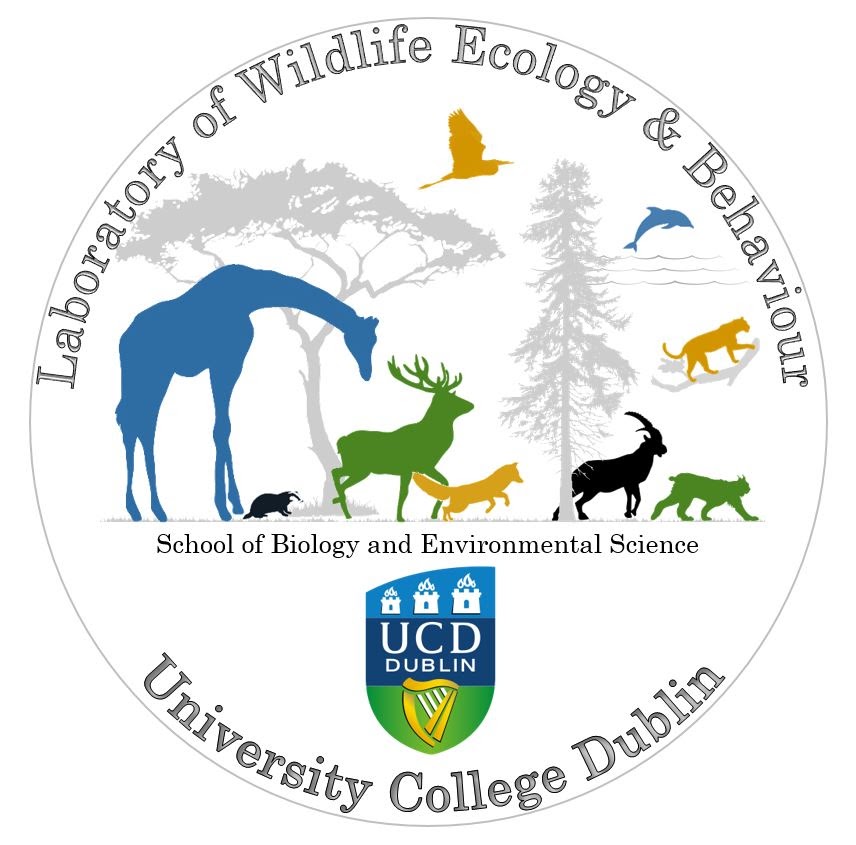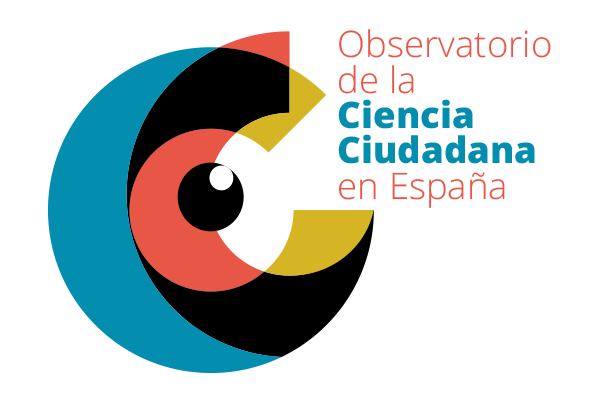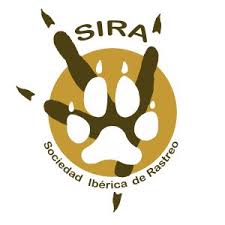Partners & Collaborators
Different European academic and research institutions working on wildlife management and conservation research have partnered for the MammalNet project. The aim is to promote collaboration between researchers and citizen participation to encourage data collection on the presence of mammals. This collaboration will help monitoring wild animals at European scale and improving the quality and quantity of data obtained, which favours the management and conservation of wildlife for science-based decision making.
The European Food Safety Authority (EFSA) funds MammalNet project. EFSA was created in 2002 and its main function is to provide scientific advice and communicate existing and emerging risks associated with the food chain. Its advice is applied in European legislation and policies and thus contributes to protecting consumers from risks in the food chain. Its competences include food and feed safety, nutrition, animal health and welfare, plant protection and plant health.
Its tasks include gathering scientific data and knowledge, providing independent and up-to-date scientific advice on food safety issues, disseminating its scientific work, cooperating with EU countries, international organizations and other stakeholders, and fostering confidence in the EU food safety system offering reliable advice.
A consortium composed of leading Institutions on wildlife ecology and health will run a European Food Safety Authority (EFSA) project whose main objective is to collect information on the geographical distribution, abundance and structure of selected wildlife species populations relevant for livestock and human health.
The specific objectives of ENETWILD are:
To collect existing published or unpublished data on the geographical distribution and abundance of selected wildlife hosts, to validate and to aggregate them in a harmonized way in a common database.
To promote and coordinate the generation of new data on distribution and abundance of selected wildlife species, and modelling them, to fill the gaps identified in objective-1


